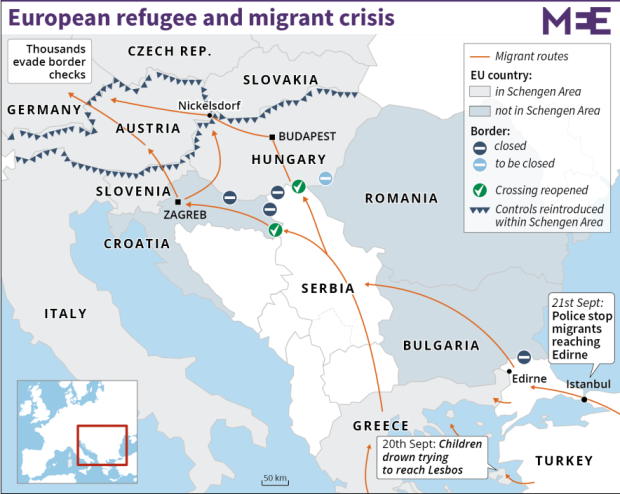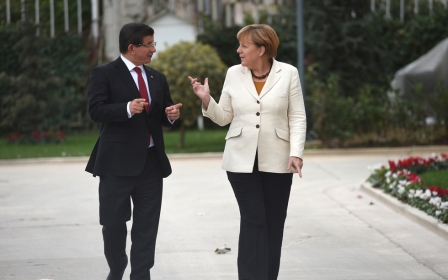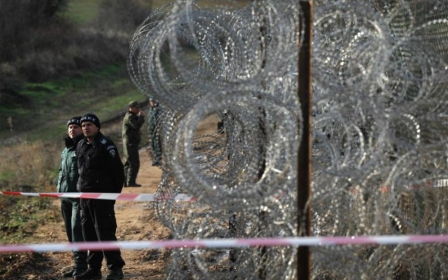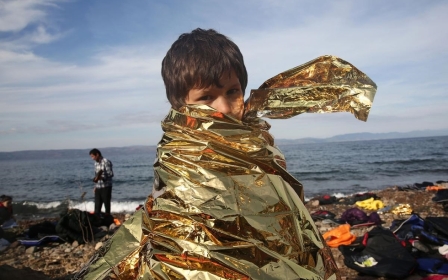Hungary: Migrant influx 'stopped' after shutting Croatia border
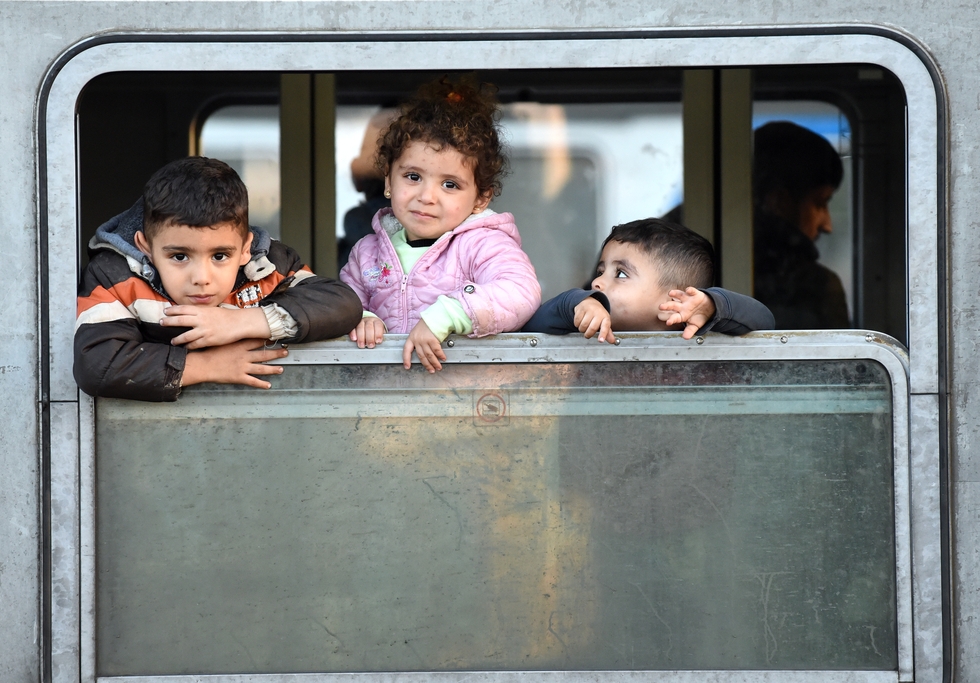
Hungary said on Monday its shutdown of the border with Croatia had put a stop to the influx of migrants and refugees.
Only 41 people crossed into the EU member state on Sunday, the Hungarian government said.
"The border closure is working, it has effectively stopped illegal border-crossing," government spokesman Zoltan Kovacs told reporters in Nagykanizsa, close to the Croatian border.
"The Hungarian government is determined to keep the measures in place as long as is needed," he said.
The figure of 41 represents a new daily record low in 2015 for Hungary, which has witnessed up to 10,000 people stream across its borders daily since the summer.
In a bid to stem the influx, Hungary sealed its Croatian border with a razor-wire fence early Saturday, barely a month after it shut its frontier with Serbia.
"We are continuously monitoring the situation at the Slovenian, Croatian and Serbian borders, and are ready to react to any situation which might develop," said Kovacs.
In total, some 390,685 have passed through Hungary since the beginning of the year, according to latest police figures.
The Hungarian government's latest move has pushed the migrants toward fellow EU member Slovenia, a tiny nation of two million.
The Slovenian interior ministry warned on Sunday it would be forced to slow down the rapidly rising influx of migrants.
Slovenian authorities on Monday blocked more than 1,000 people from entering the country, saying its daily intake quota had been reached.
The action has caused delays further down the migrant trail, with hundreds of people stuck in heavy rain and freezing temperatures near Croatia's border with Serbia.
Slovenia stressed on Sunday it would remain firm in its decision to handle up to 2,500 migrants a day - half the amount demanded by Croatia - to help ease pressure on both its own and Austria's borders.
Slovenian interior ministry spokesman Bostjan Sefic said Austrian authorities had told Ljubljana they couldn't handle more than 1,500 new arrivals a day.
Vienna however denied the claim.
"There are no restrictions in place," Austrian interior ministry spokesman Karl-Heinz Grundboeck told AFP on Monday.
Some 2,600 migrants entered Austria from Slovenia this weekend, police figures show.
From the Greece-Macedonia border, the main migrant route now goes up through Macedonia to Serbia, then through Croatia, Slovenia and Austria to Germany - the preferred destination for many.
"Everything has slowed down since Hungary closed the border," a police officer at the Berkasovo crossing in Serbia told AFP, explaining that it took Croatian buses longer to get to Slovenia and back than it did to Hungary
Long lines have also formed on Croatia's border with Serbia. Several hundred people remained stuck there on Monday morning, after having spent the night in rain and cold weather, an AFP photographer said.
New MEE newsletter: Jerusalem Dispatch
Sign up to get the latest insights and analysis on Israel-Palestine, alongside Turkey Unpacked and other MEE newsletters
Middle East Eye delivers independent and unrivalled coverage and analysis of the Middle East, North Africa and beyond. To learn more about republishing this content and the associated fees, please fill out this form. More about MEE can be found here.


